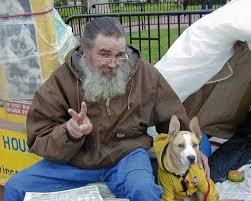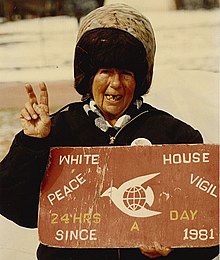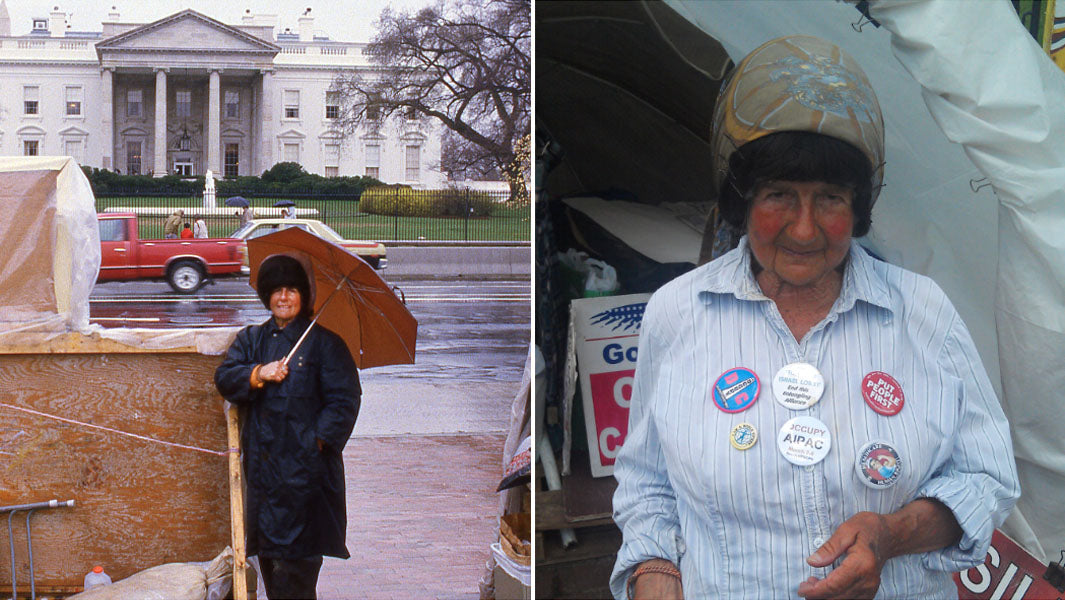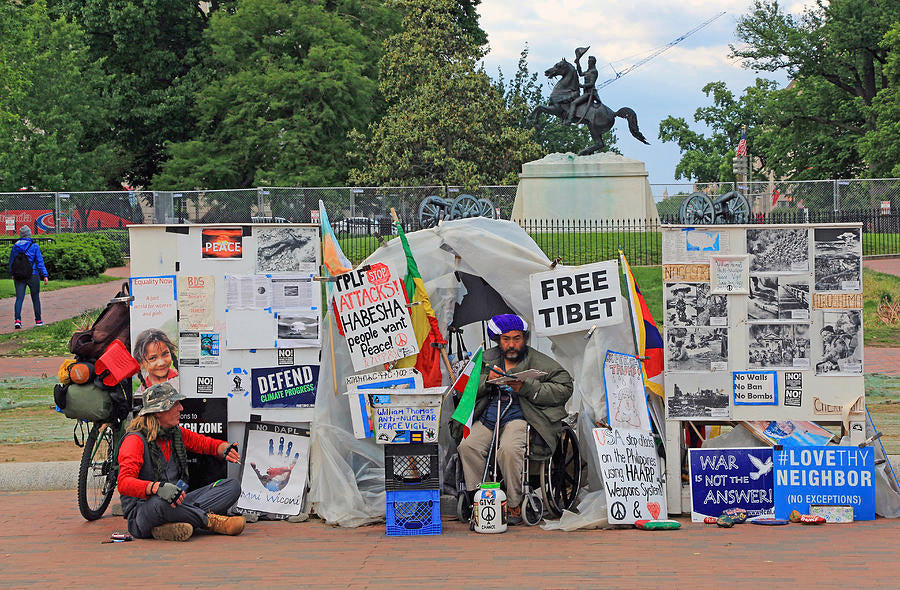William Thomas -American Hero
**William Thomas and the White House Peace Vigil: A Legacy of Anti-Nuclear Activism**
William Thomas Hallenback Jr., known simply as William Thomas, was a tireless advocate for nuclear disarmament and peace. Born on March 20, 1947, in Tarrytown, New York, Thomas lived a varied life as a truck driver, jewelry maker, and carpenter before dedicating himself to activism. His unwavering commitment to the cause led to the creation of the White House Peace Vigil, the longest-running continuous anti-war protest in U.S. history.
The Birth of a Movement
Thomas’s journey into activism began in 1981 when he was deeply moved by a speech delivered by Norman Mayer, an anti-nuclear advocate. Inspired by Mayer’s message, Thomas resolved to take action, believing that a persistent presence in front of the White House could serve as a powerful reminder of the dangers of nuclear proliferation. On June 3, 1981, he established the White House Peace Vigil in Lafayette Square, directly opposite the presidential residence.
The vigil, initially a solo endeavor, soon attracted other like-minded activists. Among them was Concepción "Connie" Picciotto, who joined the vigil in August 1981 and became one of its most dedicated participants. Over the years, numerous individuals contributed to maintaining the vigil, ensuring that it remained active 24/7 despite various challenges.
Challenges and Legal Struggles
The Peace Vigil was not without its obstacles. Thomas and his fellow activists faced multiple arrests and legal battles, as authorities often sought to disband their continuous presence. Over the first three years alone, Thomas was arrested sixteen times on charges ranging from illegal camping to disorderly conduct. However, his steadfastness and commitment to nonviolent protest allowed the vigil to persist despite these challenges.
Through relentless advocacy, Thomas and his fellow demonstrators gained national and international attention, influencing public discourse on nuclear disarmament. His efforts contributed to legislative initiatives such as the Nuclear Disarmament and Economic Conversion Act, introduced by Delegate Eleanor Holmes Norton in 1994, which sought to dismantle the U.S. nuclear arsenal contingent on similar actions by other nuclear-armed nations.
An Enduring Legacy
Thomas remained committed to the Peace Vigil until his death on January 23, 2009. Following his passing, his wife, Ellen Thomas, continued his work by launching the "Proposition One In 2010 Campaign," a nationwide effort to connect activists advocating for nuclear abolition.
Even after the deaths of its founders, including Picciotto in 2016, the White House Peace Vigil continues to be upheld by dedicated volunteers. The vigil stands as a symbol of unwavering dedication to the cause of peace and serves as a reminder of the power of persistent activism.
Conclusion
William Thomas’s life and work exemplify the impact one individual can have in shaping conversations on global peace and disarmament. His legacy lives on not only through the ongoing vigil but also in the inspiration he provides to activists worldwide. As the world continues to grapple with nuclear threats, the message of the White House Peace Vigil remains as relevant today as it was when Thomas first took his stand in 1981.




